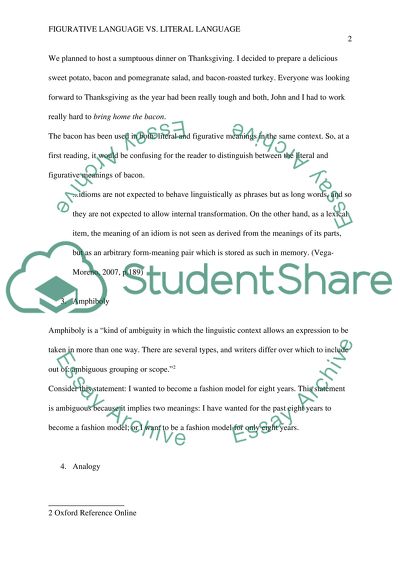Cite this document
(“Figurative Language vs. Literal Language Essay Example | Topics and Well Written Essays - 1250 words”, n.d.)
Retrieved from https://studentshare.org/philosophy/1429611-figurative-language-vs-literal-language
Retrieved from https://studentshare.org/philosophy/1429611-figurative-language-vs-literal-language
(Figurative Language Vs. Literal Language Essay Example | Topics and Well Written Essays - 1250 Words)
https://studentshare.org/philosophy/1429611-figurative-language-vs-literal-language.
https://studentshare.org/philosophy/1429611-figurative-language-vs-literal-language.
“Figurative Language Vs. Literal Language Essay Example | Topics and Well Written Essays - 1250 Words”, n.d. https://studentshare.org/philosophy/1429611-figurative-language-vs-literal-language.


